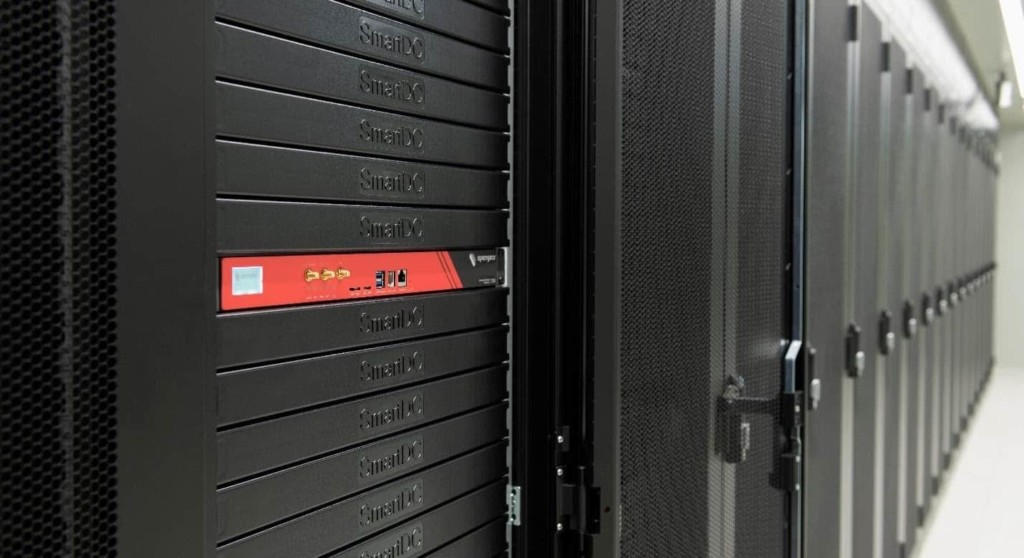Back to School – Meeting the Networking Needs of Tomorrow’s Digital Classroom

By: Todd Rychecky
Even before the COVID-19 pandemic, the online learning market was forecast to reach $350 billion by 2025 (Research and Markets). And this trend is not slowing; in fact, it’s only speeding up. As the world returns to “normal,” institutions must be prepared to provide online access and distance learning now and for the foreseeable future. Whether they’re using a digital textbook or a learning management system (LMS), students, parents, and faculty expect a seamless learning environment from their school.
Adding to this, emerging technologies like IoT devices are enabling new, engaging, and powerful experiences for students, both inside and outside of the classroom. These range from more personalized learning to data collection that improves efficiency, and even human to machine learning via devices like smartpens and tablets.
While these digital initiatives bring great benefits, they also pose significant new challenges, particularly as networks become increasingly complex with more core and edge points of failure, higher disruption recovery costs, and increased security vulnerabilities. And unlike a printed textbook or brick-and-mortar school, digital classrooms are vulnerable to outages.
So, what can educational institutions and their often-small engineering teams do to ensure secure, always-on connectivity for their highly distributed, data-intensive networks? The answer is to build a robust network resilience program.
Network resilience is about preparing tools to maintain optimal uptime, no matter what. If done right, this will support distance learning now and the increasingly complex learning environments of tomorrow. To help organizations achieve this, here are strategies needed for keeping learning networks and devices online, regardless of disruption or location.
Managing the sprawling network
Educational networks must connect students to learning resources and devices spread across wide areas. Educational facilities themselves are sprawling, with equipment located in several, possibly far-apart buildings. If a disruption occurs and network management can’t remediate an issue, educational processes can be disrupted, staff productivity can be lost, and high recovery costs may be incurred. Shelter-at-home aggravates this by increasing network dependency and making it harder for technicians to get onsite.
IoT will also bring challenges. IDC predicts that in 2025 IoT devices across the globe will create over 90 zettabytes of data. The adoption of these devices, alongside cloud computing, integrated networks, and 5G will enable the internet to transform physical classrooms into sophisticated, digital ecosystems. However, this progress comes with more points of failure and network complexity.
Data-intensive IoT solutions will require more edge computing resources to support greater local processing speeds. Every remote location adds a point of failure that could cause disruption via reasons like a ruptured last-mile connection, a buggy firmware update, or an undetected security breach. To manage this, organizations will need reliable methods of continuous provisioning, management, and remediation.
Adopting a smart approach to network resilience
One of the best methods of protecting the core and edge resources is to set up a separate, or out-of-band management plane that works independently from the data plane housing user traffic. With the ability to remain online amidst primary production network disruptions, this should serve as a smart, secure and unified “network admin’s network” housing a host of network resilience tools. It’s also advisable to use an open architecture system for this management plane – to make continuous updates easy to test and deploy.
When you introduce link diversity and establish a separate, unified network management plane, organizations can drastically increase network resilience via tools like automatic failover to 4G LTE cellular, remote provisioning or NetOps automation. These tools provide always-on methods to remediate issues automatically; reduce on-site intervention, even for 4 am emergencies; and minimize disruptions when they do occur.
Such a system also provides preventative measures in the form of constant event logging with AI-powered analysis and alerts as well as continuous, automated updates and back-up procedures. Moreover, the configuration of new sites can be made secure, remote, and instantaneous with processes like zero-touch provisioning, which further reduces requirements for onsite technicians.
Meeting the needs of tomorrow’s digital student
Digital innovations are primed to continually transform learning environments. As more and more IoT devices are introduced, campus sizes increase and teaching methods become increasingly digital, learning institutions must brace themselves for an influx of edge computing as well as a greater demand for network reliability. Those who prepare the proper network resilience strategy today will be better poised to serve the constant connectivity needs of tomorrow’s digital student.
For more, see:
- Measuring Who Students Know
- Supporting Statewide Change Through New Models for Remote Education
- Conrad Wolfram on Computational Thinking
Todd Rychecky is VP of Americas for Opengear, responsible for developing and executing sales strategies, multiple business initiatives, hiring and talent development, setting performance goals, and growing the business. For 12 consecutive years, Rychecky and his Opengear Sales teams have experienced year over year sales growth. He joined the company in 2008 and was the first sales and marketing hire, helping kick start Opengear with sales, marketing, product marketing, and business development initiatives. His main focus is on growing the sales teams, partner channels, and strategic accounts. Rychecky earned a bachelor’s degree in biology from Nebraska Wesleyan University.
Stay in-the-know with innovations in learning by signing up for the weekly Smart Update.




0 Comments
Leave a Comment
Your email address will not be published. All fields are required.